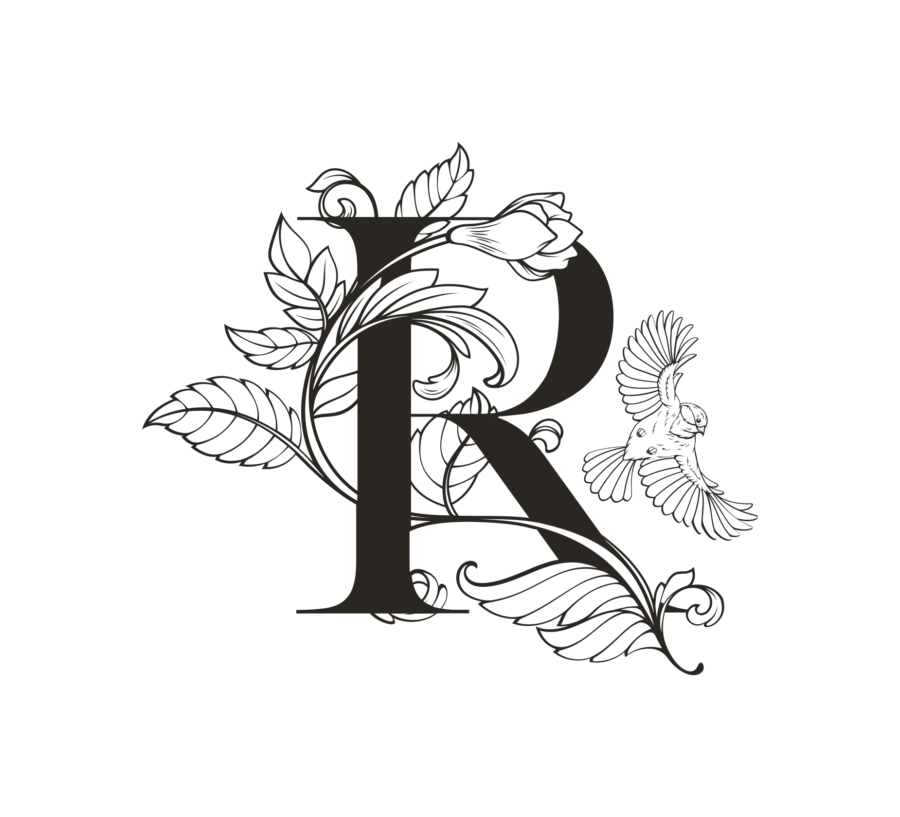Question: Am I depreciating the value of my book by having it repaired?
Good question! First it has to be determined whether or not your book even has a value. Contrary to what many people may think, most books do not retain their value or increase in value after publication. There are relatively few books out there that have investment potential. Those are the ones, really, that we’re talking about. A good place to find out if your book has any significant value is Advanced Book Exchange (ABE). Keep in mind, the default on the search results is lowest price first, and the market is flooded with junk copies of many books.
In nearly all cases, a book that is worn and tattered can only benefit by quality restoration, rebinding, or repair. The exception to this might be something that is very worn and tattered but it is a good example of a particular binding that is extremely rare. If you were to have a book that, in pristine condition, is worth several thousand dollars, you might have to do a reality check considering the copy you own. The understanding of “pristine” is that the book is as published, perfect in every way. There is no way that even a moderately worn copy of such a book will ever be that. So the value of that particular book starts with the condition of the copy.
A worn copy is what it is–a worn copy. Good restoration work will only increase a worn copy’s value somewhat. But it will never be increased to the pristine value.
Question: Can I have a common book rebound in leather and have it become more of a collector’s edition?
Sure. That works! It’s always best to start with the best edition you can find–in other words, quality paper, a sewn binding, maybe even a first edition, or perhaps a signed copy. Rebinding something like this will always increase its value, assuming the value was originally low.
It’s generally not a good idea to rebind a rare modern (20th-21st century) first edition. While they’re few and far between, this particular field of collectability could include books with values in the six figure range. However, a missing dust jacket, a torn dust jacket, or even a fly speck in the wrong place can be devastating to the value. People that collect these are very particular. A dust jacket on a rare first edition could actually be worth many times more than the book itself. But some of these copies with major flaws and no dust jacket would make good candidates for rebinding.
Let me give you some examples of what I’ve done with what we might consider pretty good books–but with major flaws.
1. A first edition Laura Ingalls Wilder “On the Shores of Silver Lake”–a nice book with a nice market … but a bad water stain on the front. A perfect copy of this might be worth $250.00 without a dust jacket. My copy was probably worth no more than $20.00 So I put it on the stack for rebinding, eventually got around to it, and did it in a 3/4 leather cover (green leather spine and corners, with rose print paper boards). I sold it for $75.00.
2. A book called “The Uncanonical Gospels”–weird stuff, probably not worth reading, even if I could read it. (It was all in Greek!) Purchased with brown upholstery tape all over the spines of this two-volume set, very yucky-looking, for $75.00. We put new leather spines in place of what was probably originally cloth and aged it to match the boards. They sold for $800.00. I have no idea what the books would have been worth with the original spines, but I doubt if it was significantly higher than the $800 price.
Sometimes the binding really should not matter that much, but when it comes to selling the book, it really helps to have a cover that looks nice. When it comes to owning a book … ditto!
–Eric

